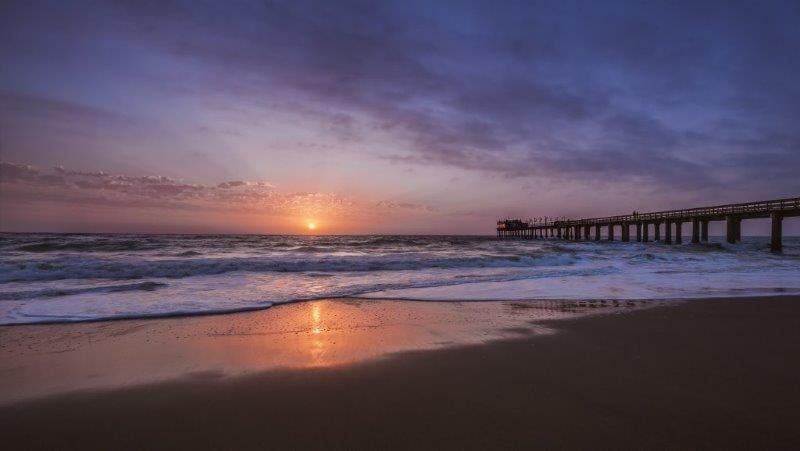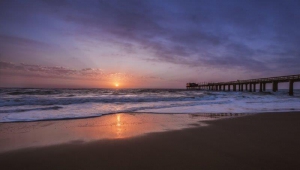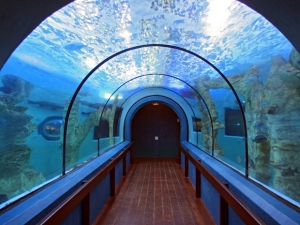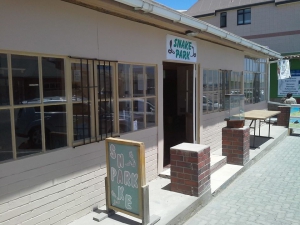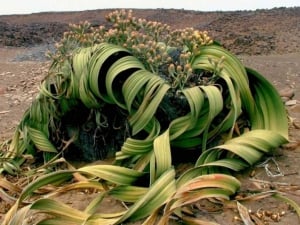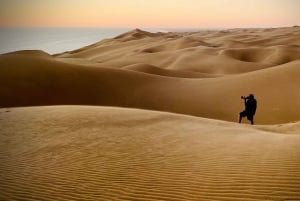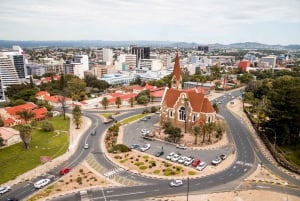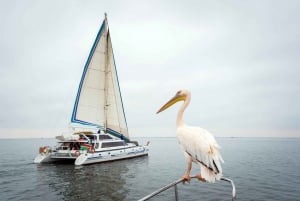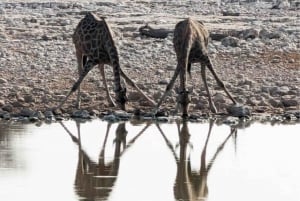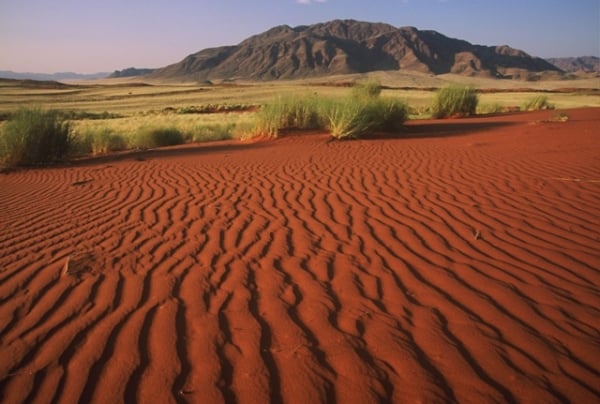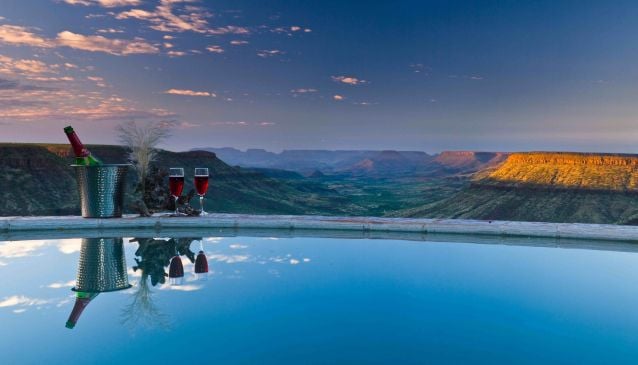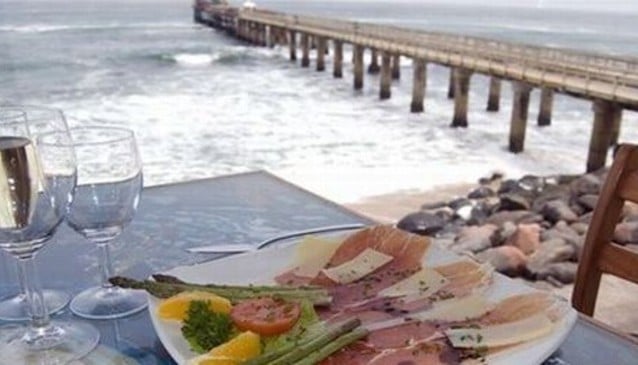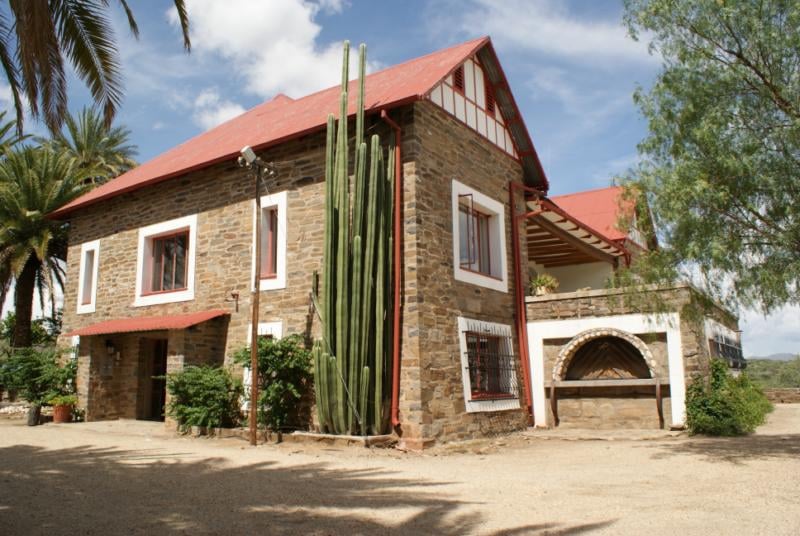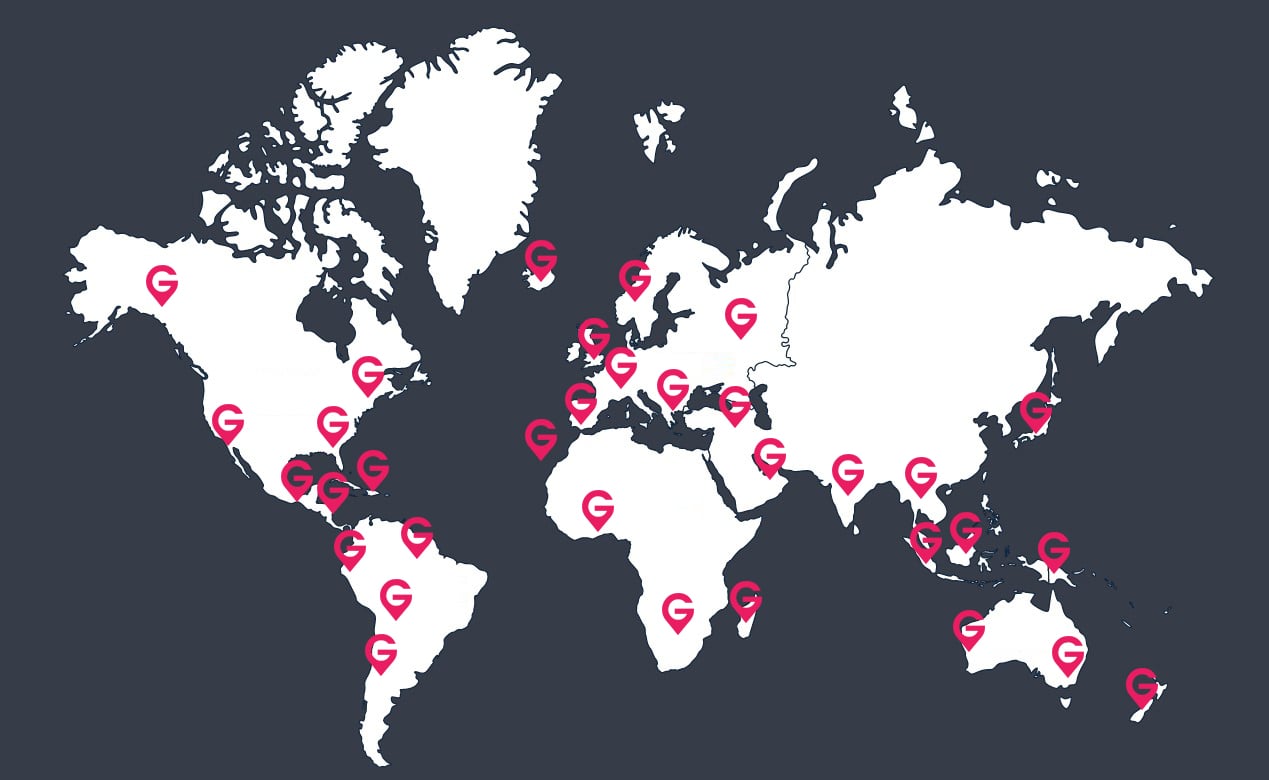Swakopmund
Adrenalin Capital of Namibia
In Swakopmund, there's a wealth of experiences waiting to be discovered, from thrilling outdoor adventures to cultural exploration and relaxation by the sea.
Here's a guide to what to see, do, and experience in Swakopmund:
Adventurous Activities:
Sandboarding: Glide down the towering dunes of the Namib Desert on a sandboard for an adrenaline rush unlike any other.
Quad Biking: Explore the desert landscape on a thrilling quad biking excursion, navigating through sandy terrain and rugged trails.
Skydiving: Experience the ultimate thrill of freefalling over the stunning coastline with a tandem skydiving adventure.
Marine Excursions:
Dolphin Cruises: Embark on a scenic boat cruise along the coast, where you can spot playful dolphins frolicking in the waves.
Fishing Charters: Set sail on a fishing charter and try your luck at catching a variety of marine species, including tuna, dorado, and shark.
Cultural Exploration:
Woermannhaus: Explore the historic Woermannhaus, a colonial-era building that now houses a museum showcasing Swakopmund's cultural heritage.
Altes Gefängnis: Visit the Altes Gefängnis, a former prison turned cultural center, where you can learn about Namibia's history and indigenous cultures.
Nature and Wildlife:
Living Desert Tours: Join a guided tour of the Namib Desert to discover its fascinating flora and fauna, including desert-adapted plants and animals.
Birdwatching: Explore the wetlands and lagoons surrounding Swakopmund, where you can spot a variety of bird species, including flamingos, pelicans, and terns.
Relaxation and Leisure:
Beachfront Promenade: Take a leisurely stroll along the picturesque beachfront promenade, enjoying panoramic views of the Atlantic Ocean and soaking up the coastal ambiance.
Spa Retreats: Treat yourself to a pampering session at one of Swakopmund's luxurious spas, where you can indulge in massages, facials, and other rejuvenating treatments.
Culinary Delights:
Seafood Restaurants: Sample fresh seafood delicacies at one of Swakopmund's waterfront restaurants, where you can savor dishes such as grilled fish, oysters, and seafood platters.
Local Markets: Explore the bustling markets and food stalls in Swakopmund, where you can taste traditional Namibian cuisine and shop for handmade crafts and souvenirs.
With its diverse range of attractions and activities, Swakopmund offers something for every traveler, whether you're seeking adventure, culture, or simply a relaxing seaside getaway.


